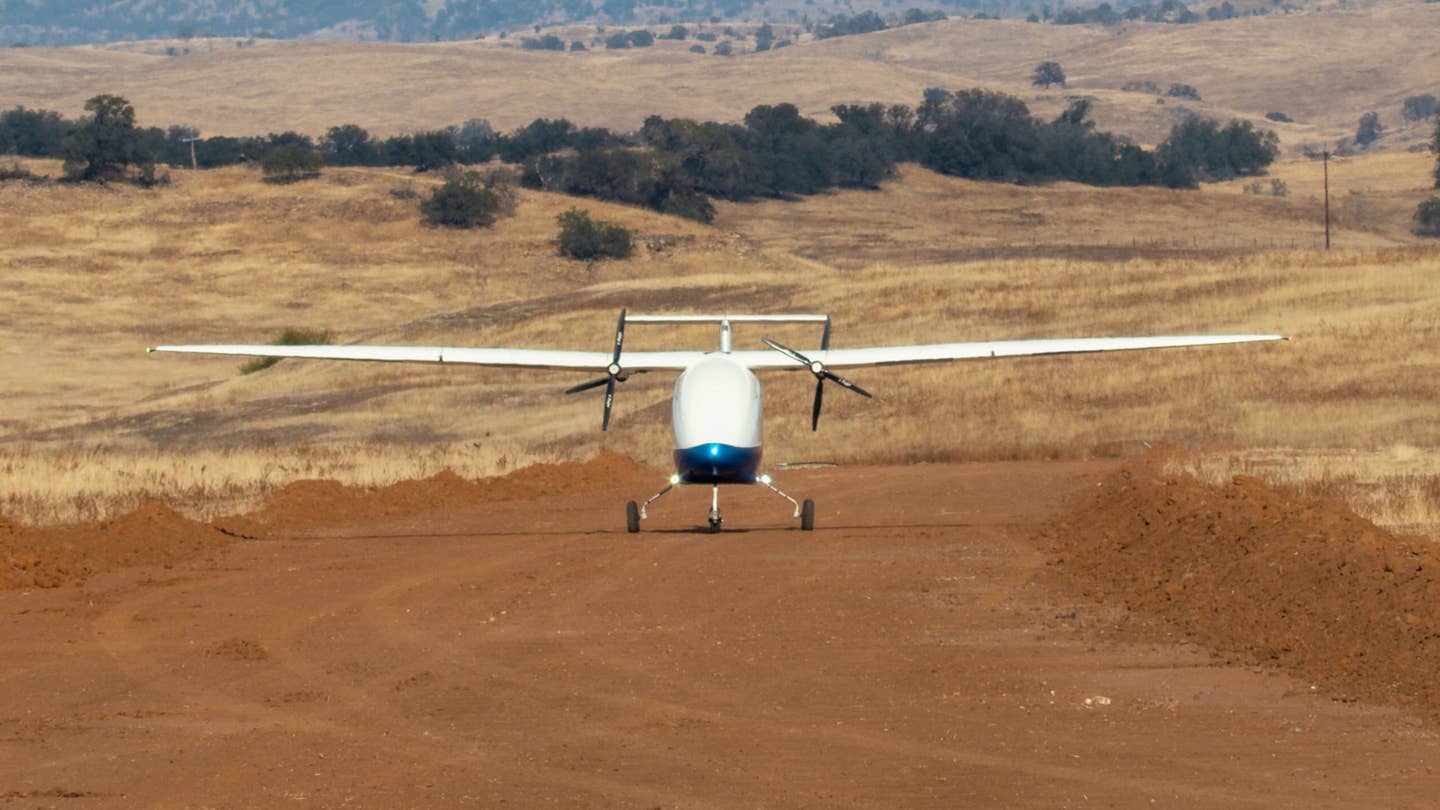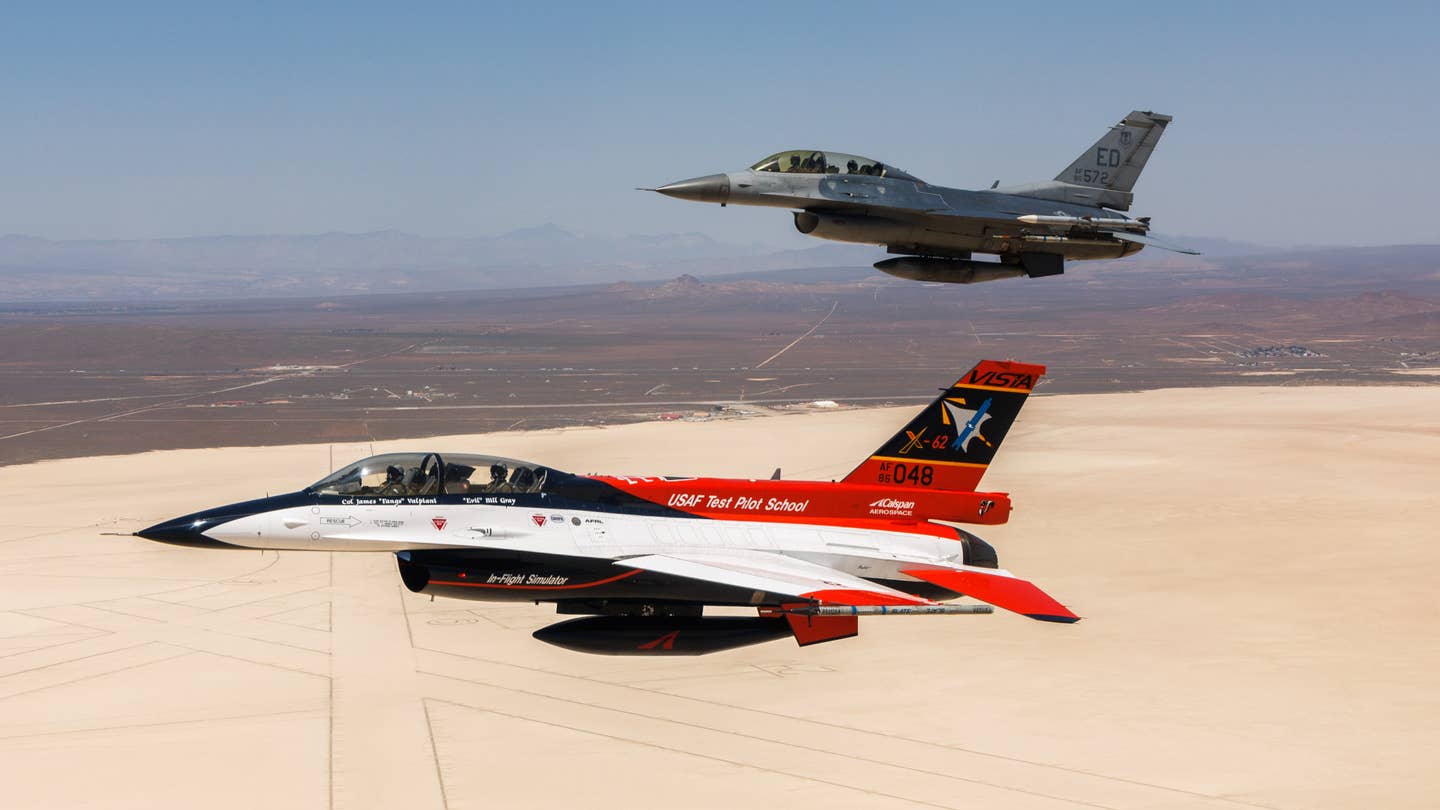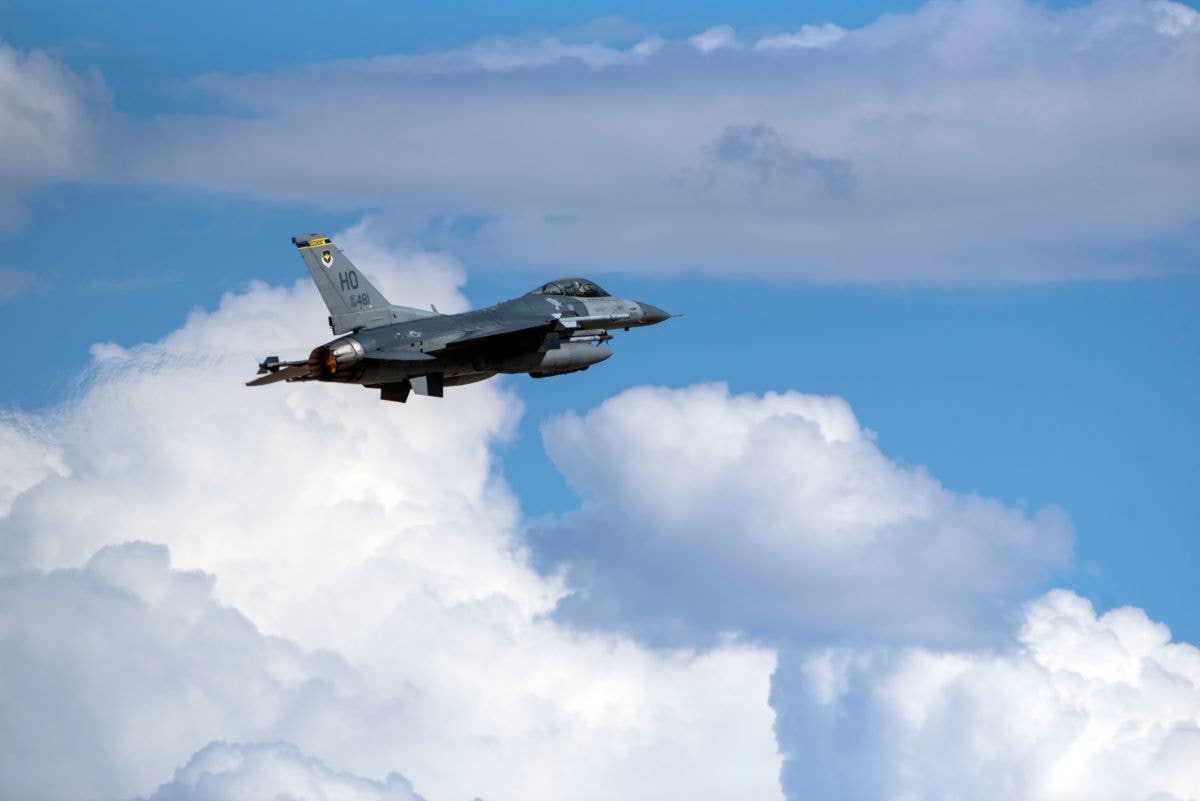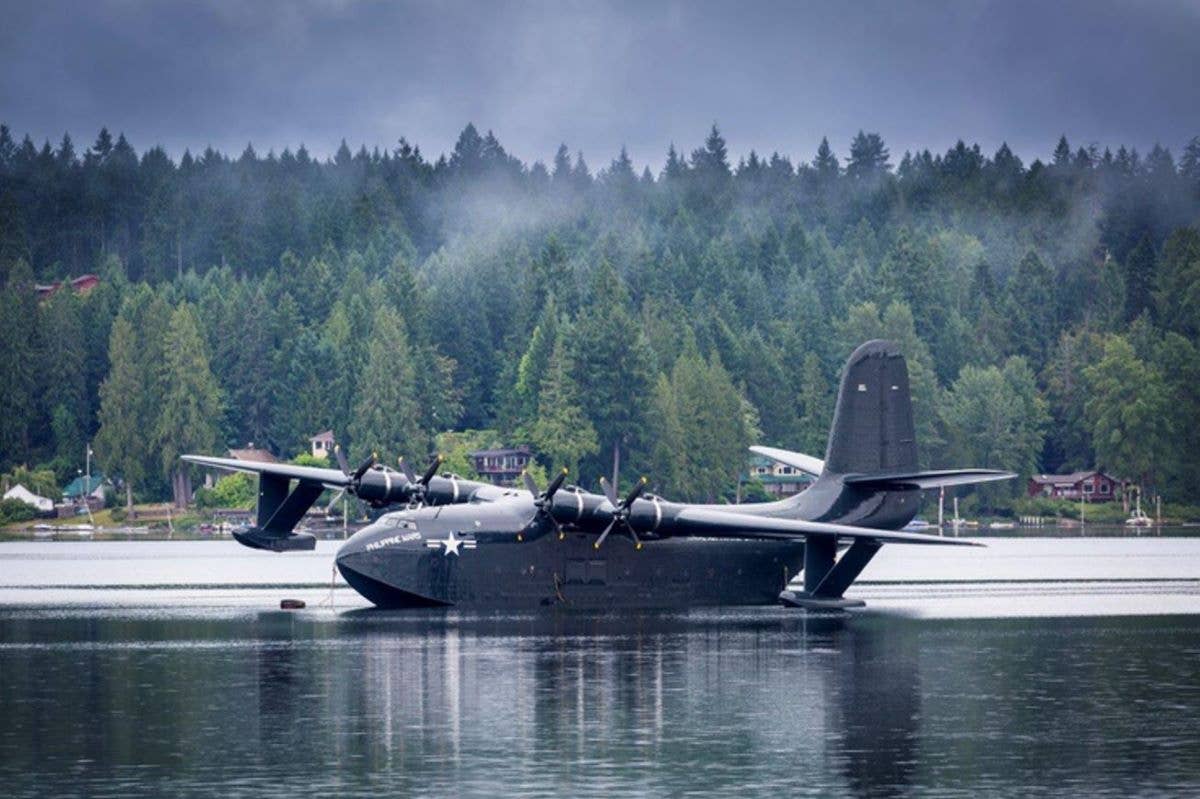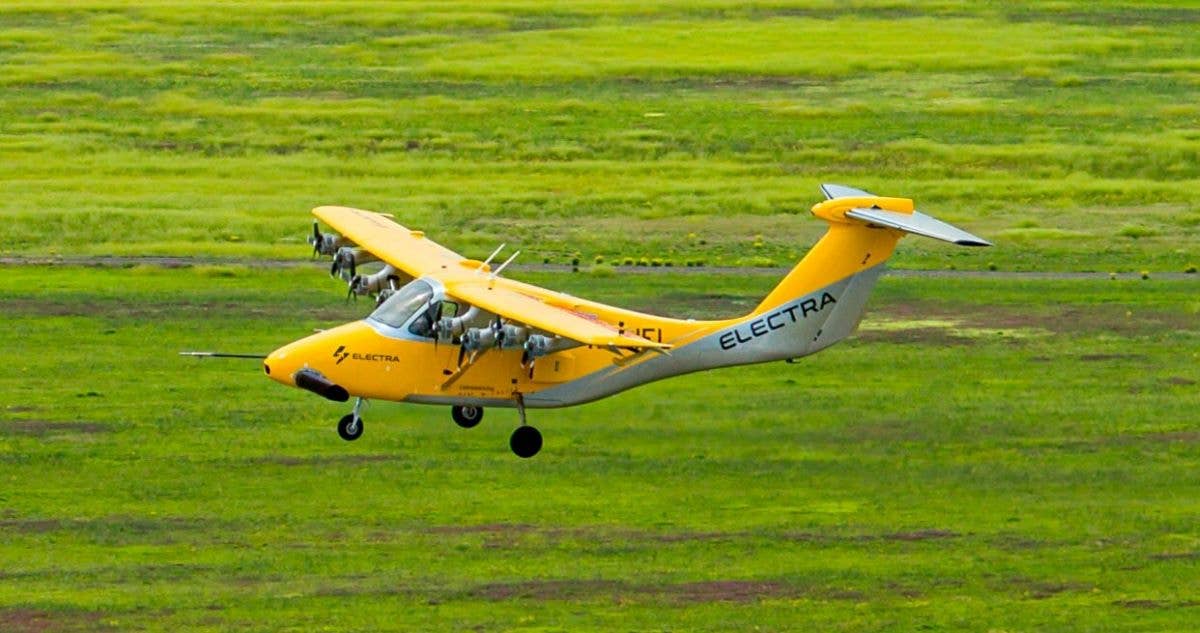NATO to Modernize AWACS Fleet with Boeing E-7A
The first of the E-7A surveillance aircraft is expected to be operational by 2031.
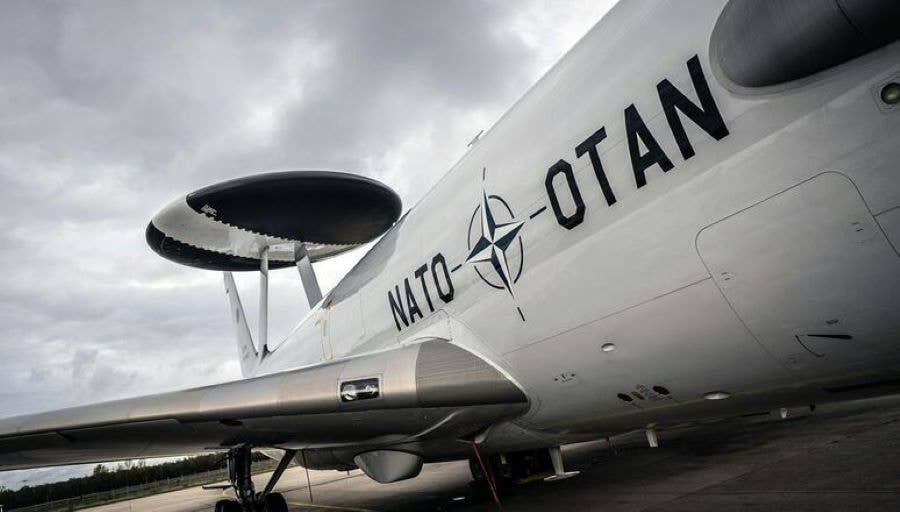
NATO will update its aging airborne warning and control system (AWACS) fleet with the purchase of six Boeing E-7A Wedgetail aircraft, it announced Wednesday. [Courtesy: NATO]
NATO will update its aging airborne warning and control system (AWACS) fleet with the purchase of six Boeing E-7A Wedgetail surveillance aircraft, it announced Wednesday.
The E-7 Wedgetail, a military variant of the Boeing 737 jet, will be equipped with a radar able to detect hostile aircraft, missiles, and ships at great distances. It is set to replace NATO's fleet of E-3A AWACS aircraft that have operated since the 1980s.
NATO is expected to retire its fleet of 14 E-3A aircraft around 2035. The current AWACS aircraft, which is based on a Boeing 707 airliner, features a distinctive radar dome mounted on the fuselage and conducts a range of missions, from air policing to evacuation operations and a spectrum of wartime missions.
According to NATO, the E-3A is capable of detecting aircraft more than 250 miles away and can monitor an area the size of Poland, Reuters reported.
"Based at Geilenkirchen Air Base in Germany, the AWACS have flown in every major NATO operation, including the fight against ISIS as well as on NATO’s eastern flank following Russia’s invasion of Ukraine," NATO said.
Last month, NATO deployed its AWACS aircraft as it ramped up maritime surveillance and reconnaissance flights in the Baltic Sea region, following reports of possible sabotage of undersea infrastructure.
The first of the E-7A aircraft is scheduled to be operational by 2031, and the fleet is expected to also be based at NATO Air Base Geilenkirchen.
"Surveillance and control aircraft are crucial for NATO’s collective defense, and I welcome allies’ commitment to investing in high-end capabilities,” NATO Secretary General Jens Stoltenberg said in a statement. “By pooling resources, allies can buy and operate major assets collectively that would be too expensive for individual countries to purchase. This investment in state-of-the-art technology shows the strength of transatlantic defense cooperation as we continue to adapt to a more unstable world.”

Subscribe to Our Newsletter
Get the latest FLYING stories delivered directly to your inbox

